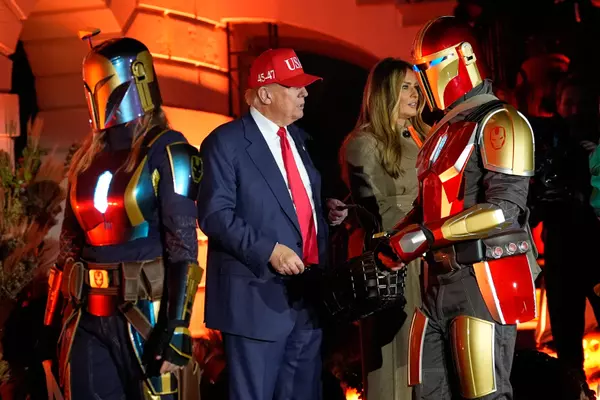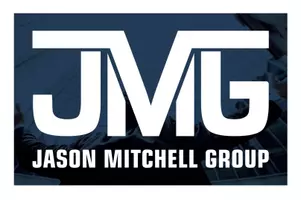Tom Krasovic: Small-market Padres — and not the Red Sox — are all-in on 2025
With the Boston Red Sox in San Diego this weekend, it’s a chance to learn more about Padres baseball aptitude and Padres economics.
My rule of thumb about the Red Sox is this: They’re World Series monsters when they’re all in, top to bottom.
Boston has won 16 of 19 Fall Classic games against National League champions since 2004. The Red Sox have won four World Series titles in the 21st century’s first 24 years, leading the sport.
This summer, the team’s front office didn’t appear sold on doing its utmost to help make it five trophies in 21 years, but the Sox nonetheless are now posing tough tests for many clubs.
They beat the Padres 10-2 on Friday by hitting the ball very hard off Padres ace Nick Pivetta, a former teammate. The win improved them to 22-8 over a 30-game stretch.
The teams took two very different approaches to this year’s trade deadline.
A.J. Preller went on one of his summer trade binges, moving over a dozen minor leaguers within deals that brought in seven big leaguers. Preller sent out minor leaguers who were 1st, seventh, 11th, 15th and 19th in MLB Pipeline’s rankings of the top 25 prospects dealt this summer. He tried to shore up weak spots and added a flamethrower to MLB’s best bullpen.
Preller’s message was as loud as a Padres crowd in October: Let’s win it all this year.
Red Sox chief baseball officer Craig Breslow’s trade haul was limited to a pair of pitchers: No. 5 starter Dustin May and reliever Steven Matz.
Sox observers wondered if Breslow should’ve brought more talent to the team’s bid for the 2025 World Series title.
“What Matz and May are not, respectively, are a high-leverage arm for the eighth inning or a No. 2 starter behind Garrett Crochet – two glaring areas of need Boston carried through the opening four months,” wrote beat writer Bill Koch of the Providence Journal.
The two farm systems, as judged by media analysts, belied the trade activity to come.
Dealing six 2024 draft picks, among other prospects, Preller showed the flimsiness of believing that the Padres’ system ranking in the mid-20s would keep him from wheeling and dealing.
Breslow, on the other hand, barely touched a more mature farm system that appeared in many top 10 rankings and was listed first overall by Baseball America.
“We can’t ignore what other teams are doing,” said Breslow, a former Padres reliever who helped the 2005 team win the National League West title. “At the same time, our focus was identifying and pursuing players who we felt like were good fits for our team.
“Ultimately, we’re going to be defined by what happens from tomorrow through our last game.”
This is a question worth considering: Which team would benefit more financially from winning the 2025 World Series?
The Padres appear to be the certain choice. They’ve never won the trophy. They’re the biggest team in town, by far, as the Los Angeles Chargers prepare for their ninth season since moving out of San Diego. Jeff Luhnow, the former architect of the Houston Astros, said last month that a first trophy brings extra rewards. Having done a financial projection on what that first World Series trophy would mean to the Astros, who won that trophy in 2017, Luhnow said the Astros were willing to pay more in dollars and prospects.
Follow the money now. With MLB’s eighth-largest payroll, the small-market Padres are outspending the big-market Red Sox, who sit 11th on MLB’s rankings.
San Diego’s luxury tax payroll exceeds Boston’s luxury tax payroll by $22 million. Per FanGraphs.com, it appears the Padres — and not the Red Sox — will pay the second-level payroll tax.
Visits from the Red Sox to the East Village help the Padres. Red Sox tickets tend to be hot, causing some Padres season ticket-holders to sell off those tickets for a large profit.
I’ll never blame them for it. That money helps fans buy other tickets, a factor in the Padres now standing second in MLB attendance behind only the Dodgers.
The Padres can jack up prices when the Red Sox are visiting. Saturday, for example, some fans were paying nearly $70 for a ticket into the standing-room section beyond the outfield.
If these Red Sox windfalls at all help the Padres fund efforts to win a first World Series, it would only be right.
After all, look what happened after former Padres CEO Larry Lucchino left San Diego and later took Padres baseball executive Theo Epstein with him. A few years later, Lucchino and Epstein, soaked by champagne, were hugging in Busch Stadium’s visiting clubhouse, celebrating the team’s first World Series title since 1918.
That’s the kind of party the Padres have in mind for the East Village.
Categories
Recent Posts










GET MORE INFORMATION


